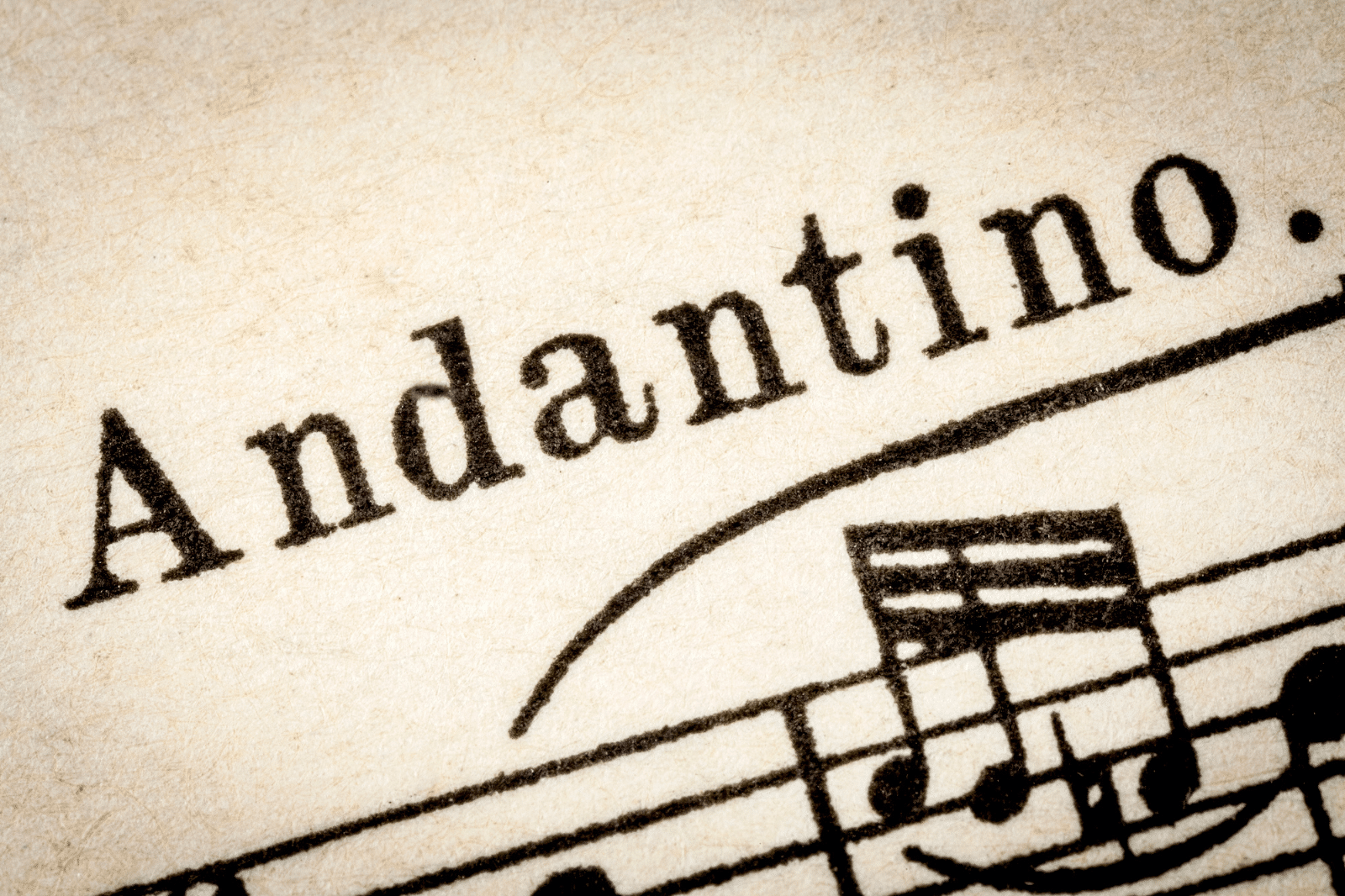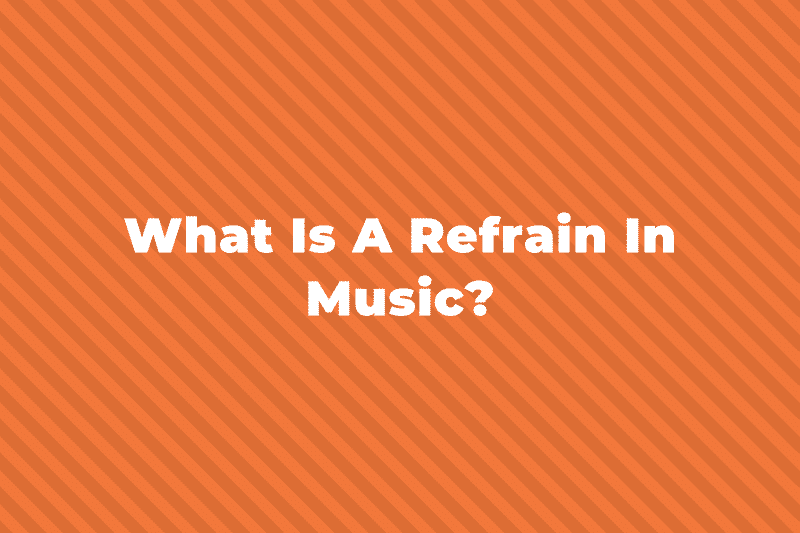When learning music theory and scales, the first one that most people learn about is a major scale, but they are just one type of many different musical scales. Each scale uses a different formula of intervals and has a completely different sound and feel. Some sound happy, some sound mysterious, and some sound sad or melancholy.
In this post, I’ll be covering everything you need to know about minor scales, including the different types and how we form them.
What is a minor scale?
We tend to say that major scales have a ‘happier’ and ‘cheerier’ sound, whereas minor scales have a ‘darker’ and ‘sadder’ sound.
Minor scales have a different formula of tones and semitones (whole steps and half steps) to major scales.
The main difference is that all minor scales have the third note of the scale ‘flattened’.
By flattened, I mean that the third note is lowered by one semitone or half step.
Study bass has written a good post going into more details about the difference between major and minor that you can read here.
The Three Types of Minor Scales
Unlike major scales, where there is only one type to know about, minor scales have three variations.
The three types of minor scales that we’ll look at are:
All three of these minor scales start the same but have some slight differences after that.
Side note: Melodic and harmonic minor scales have nothing to do with melodic and harmonic intervals. They’re completely different things, but we use the same word.
The Natural Minor Scale
The first minor scale we’ll look at is the natural minor scale.
A natural minor scale uses this formula of tones and semitones (whole steps and half steps).
T – S – T – T – S – T – T
Or in whole steps and half steps it would be:
W – H – W – W – H – W – W
If we wanted to play a natural minor scale starting on the note A using this order of tones and semitones it would work out as using all the white notes on the keyboard (the same as C major).


We can use this combination of semitones and tones to form a natural minor scale starting on any note.
For example here is a natural minor scale starting on D:

Or here is another natural minor scale this time starting on E:

The natural minor is also known as the Aeolian mode.
Here’s our guide to musical modes explaining them in a bit more detail.
The harmonic minor scale
The second type of minor scale that we’ll look at is the harmonic minor scale
Harmonic minors use this combination of tones and semitones:
T – S – T – T – S – T1⁄2 – S
Or in whole steps and half steps it would be:
W – H – W – W – H – W1⁄2 – H
Note that harmonic minors have an interval that is a tone and a half or three semitones.
So using this order of tones and semitones we can construct a harmonic minor scale starting on the note A:


As you can see the harmonic minor is very similar to the natural minor.
The only difference is that the 7th degree of the scale is one semitone higher.
In A natural minor it’s a G natural but in the harmonic minor it’s a G#.
Keeping this pattern of semitones and tones we can then work out a harmonic minor scale starting on any note.
For example here is D harmonic minor scale:

And here is E harmonic minor scale:

The Melodic Minor Scale
Now onto the third type of minor scale which is the melodic minor.
Melodic minor scales are quite different from natural and harmonic minors as they use different notes when ascending (going up) and descending (going down).
Ascending melodic minors use this combination of tones and semitones:
T – S – T – T – T – T – S
Or in whole steps and half steps:
W – H – W – W – W – W – H
But on the way down they use this combination (from the top down):
T – T – S – T – T – S – T
Or in whole steps and half steps
W – W – H – W – W – H – W
Ascending Melodic Minor Scales
Let’s look at A melodic minor ascending:

Here you can see that it’s similar to the natural minor but has the 6th and 7th notes of the scale raised by one semitone.
Another way I like to think of ascending melodic minors is that they are the same as the major scale but with a flattened third.
For example, A major scale has a C#, that’s the only difference:

Descending Melodic Minor Scales
But, melodic minors are different in that they don’t use the same notes when descending.
When descending the 6th and 7th notes are lowered by one semitone.

Here You might notice that descending melodic minors are exactly the same as the natural minor scale.
Now that we know how to form melodic minor scale we can work them out starting on any note.
Here is a melodic minor scale starting on the note D:

Or here is E melodic minor scale:

The Differences Between Natural, Harmonic and Melodic Minors
Let’s do a quick recap of the three types of minor scales.
Natural minors:
- Are the same ascending and descending
- Use the formula T – S – T – T – S – T – T
Harmonic minors:
- Are the same ascending and descending
- Use the formula T – S – T – T – S – T1⁄2 – S
- Have a raised 7th note
Melodic minors:
- are different ascending and descending
- ascending they use this pattern: T – S – T – T – T – T – S
- descending they use this pattern:
T – T – S – T – T – S – T - raised 6th and 7th notes ascending (like the major scale)
- flattened 6th and 7th descending (like the natural minor scale)
But remember, the three minors scales ALWAYS have a flattened 3rd note.
By that, I mean that it’s one semitone lower than the major scale.
That’s what makes them a minor scale rather than a major scale.
Summing Up Minor Scales
Anyway, I hope that helps make sense of minor scales and the differences between them.



